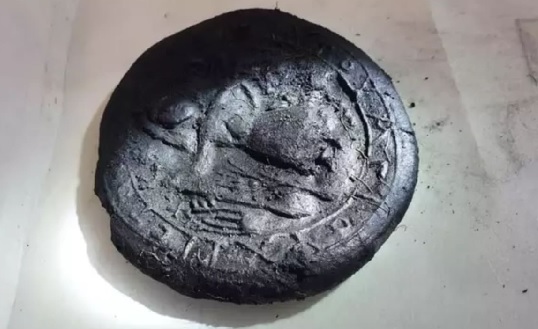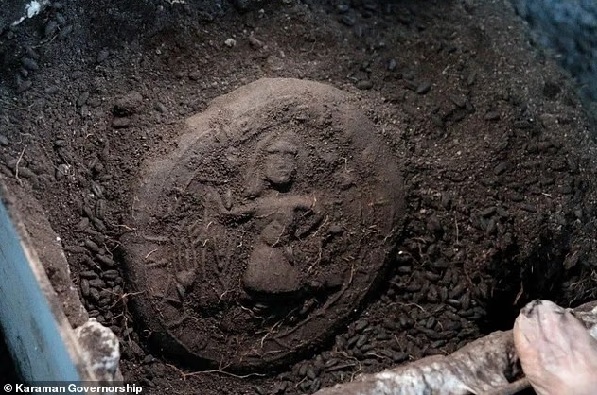Archaeologists at Topraktepe, A mound in southern Turkey identified with the early Byzantine city of Irenopolis, unearthed five carbonized bread loaves dating to the seventh or eighth century CE.
One loaf carried an image of Christ portrayed as a sower scattering grain above the Greek phrase With our gratitude to Blessed Jesus.
The remaining four showed Maltese-cross impressions, a motif often stamped on Eucharistic bread.
Researchers said the objects likely served as communion loaves for a rural Anatolian congregation that depended on its crops.
“These 1,300-year-old breads shed new light on a fascinating chapter of early Byzantine life.
They prove that piety extended beyond prayers and ceremonies, materializing in objects that carried spiritual significance to the most basic human need: bread,” said a member of the excavation team.

The loaves survived because an abrupt fire carbonized them, locking in their form and decoration.
Provincial authorities called them “among the best-preserved examples identified in Anatolia to date,” according to a communiqué relayed by Posta.
Material culture at Topraktepe already included necropolises, rock-cut chambers, and fortifications, but few artifacts spoke so directly to everyday devotion.
“This is evaluated as indicating the symbolic importance of abundance and labor in the religious understanding of the period,” the statement added, Star reported.
Officials also noted that such provincial evidence differed from urban practice in Constantinople, emphasizing how rural worship remained intertwined with agriculture.
Irenopolis sat on trade routes yet relied on sowing, harvesting, and herding. Depicting Christ as a farm worker therefore echoed the community’s livelihood, researchers told La Vanguardia.
LadBible connected the inscription to John 6:35, “I am the bread of life,” arguing that the discovery offered fresh archaeological context for the metaphor.
Archaeologists plan chemical and botanical analyses to learn which grains and leavening agents the bakers employed and to determine whether the loaves were leavened prosphora or served another liturgical purpose such as antidoron.
They also hope to locate a nearby chapel that might have stored the bread.
“The survival of Eucharistic bread from the seventh and eighth centuries is extremely rare, making the loaves from Topraktepe a unique window into primitive Christian worship,” concluded the research team.

